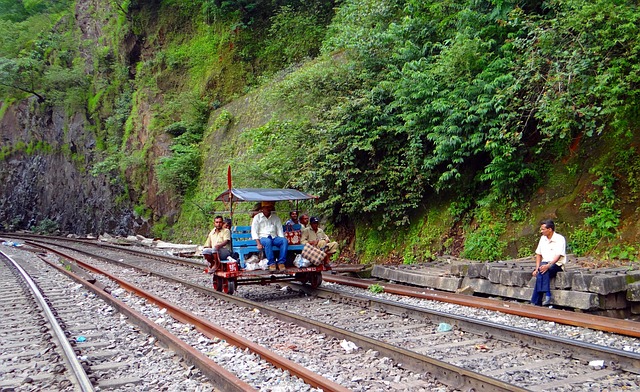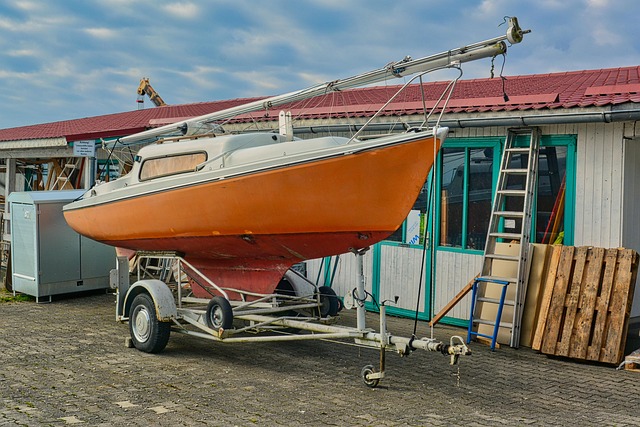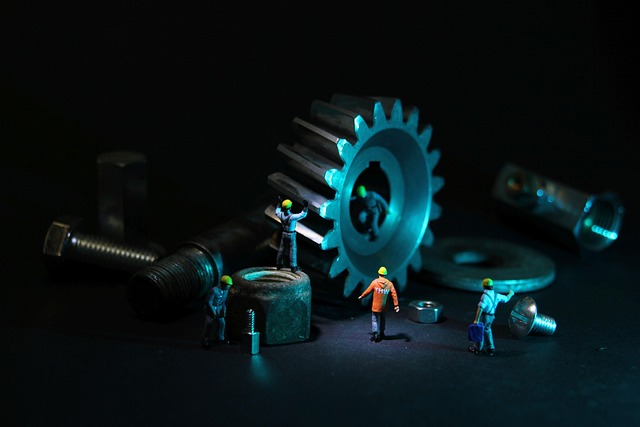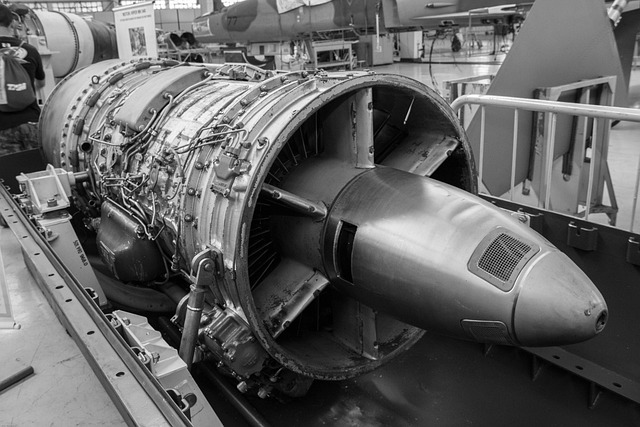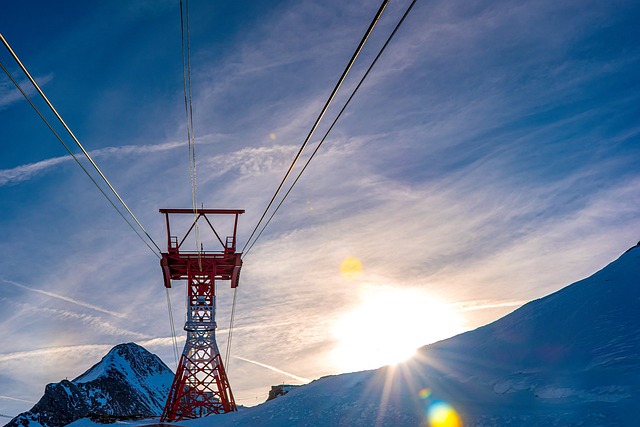Drainage systems require regular maintenance to prevent structural damage and water waste. Common issues include blockages and pipe corrosion, addressable through early leak detection using advanced tools like leak detection technology (e.g., GPR, camera inspection systems). Regular inspections save costs, minimize damage, and extend plumbing system lifespans. Integrating green infrastructure into urban planning further enhances drainage efficiency and ecological balance.
Regular inspections are key to maintaining efficient drainage systems, preventing costly repairs and mitigating flood risks. By understanding common drainage issues like clogs, broken pipes, and faulty connections, property owners can harness the power of regular check-ups for leak detection. This article explores various techniques and tools for proactive drainage maintenance, alongside preventative measures and long-term solutions to ensure optimal system performance.
- Understanding Drainage Systems and Common Issues
- The Role of Regular Inspections in Leak Detection
- Techniques and Tools for Efficient Drainage Maintenance
- Preventive Measures and Long-Term Solutions for Drainage Problems
Understanding Drainage Systems and Common Issues
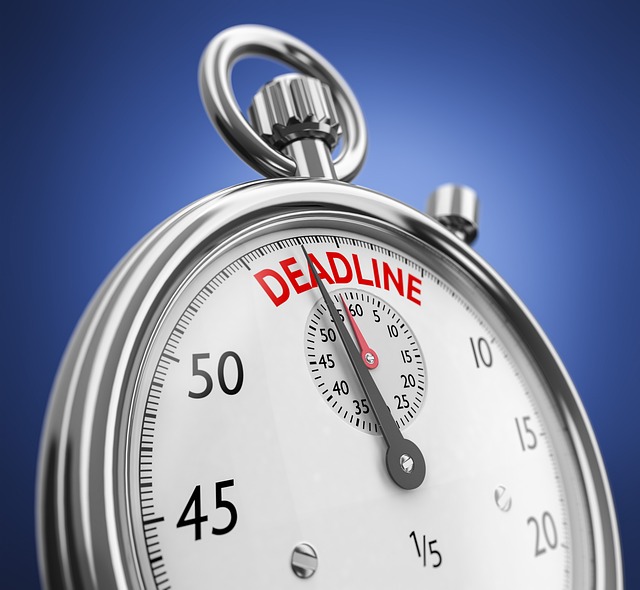
Drainage systems are integral components of any built environment, ensuring the efficient removal of water from structures and surrounding areas to prevent damage and promote health and safety. Understanding how these systems work and identifying common issues is crucial for effective maintenance and leak detection.
One of the most prevalent problems is blockages caused by debris, tree roots, or misaligned pipes, leading to clogged drains and potential overflows. Another frequent issue is pipe corrosion, especially in older systems, which can cause leaks and structural damage over time. Regular inspections enable the early detection of these issues, allowing for prompt repairs and preventing more severe—and costly—problems from arising.
The Role of Regular Inspections in Leak Detection
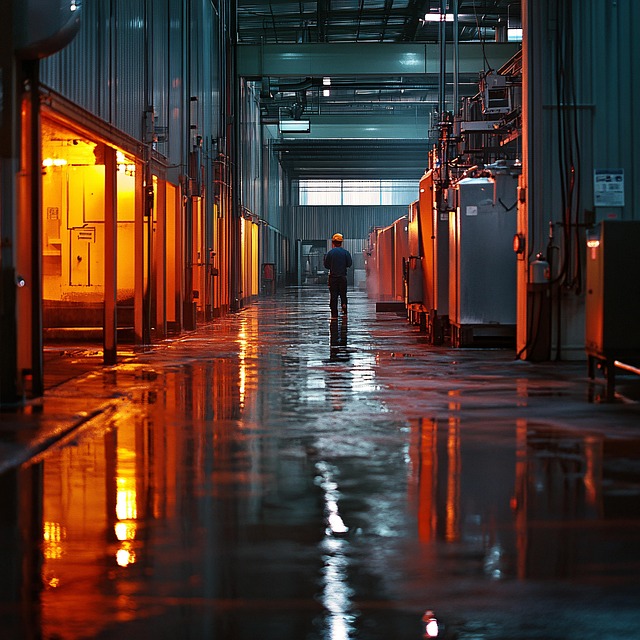
Regular inspections play a pivotal role in early leak detection, allowing for prompt addressal before minor issues escalate into significant problems. Through systematic checks, experts can identify subtle signs of leaks that might go unnoticed otherwise. These inspections involve meticulous evaluations of drainage systems, pipes, and fixtures, where even the tiniest anomalies are flagged. By staying proactive, homeowners and property managers can save themselves from costly repairs and potential damage caused by water leaks.
Such inspections provide an effective, preventive measure against water waste and the risks associated with hidden leaks. By incorporating regular leak detection into maintenance routines, residents can ensure their properties remain in optimal condition. This proactive approach not only extends the lifespan of plumbing systems but also offers peace of mind, knowing that potential problems are identified and resolved before they cause any disruption or harm.
Techniques and Tools for Efficient Drainage Maintenance
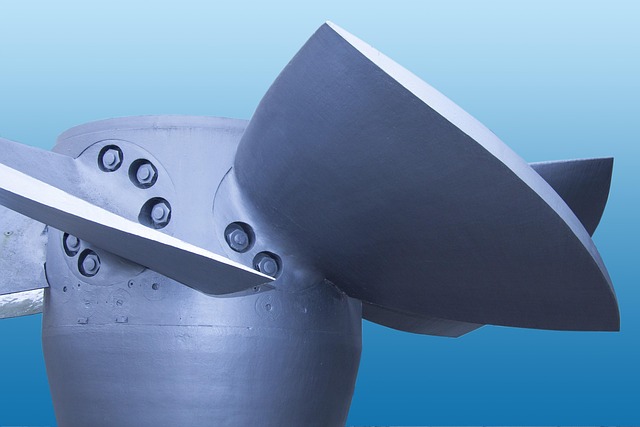
Regular drainage maintenance is crucial, and efficient techniques play a vital role in keeping systems optimal. One powerful tool for proactive management is leak detection. Advanced technologies like ground-penetrating radar (GPR) offer non-invasive methods to identify leaks or blockages within pipes, enabling swift repairs before minor issues escalate into costly damage.
Additionally, camera inspection systems provide visual data of drainage networks, allowing professionals to navigate through pipes and pinpoint exact problem areas. These tools facilitate timely maintenance, ensuring that any leak or obstruction is promptly addressed. Effective drainage maintenance not only prevents water damage but also enhances the lifespan of these critical infrastructure components.
Preventive Measures and Long-Term Solutions for Drainage Problems

Regular maintenance and preventive measures are key to ensuring optimal drainage systems. One of the most effective tools in a plumber’s arsenal is leak detection technology, which allows for the early identification of potential issues before they become major problems. By employing advanced techniques like non-invasive pipe inspection cameras, professionals can assess the condition of drains and sewers, pinpointing leaks or blockages efficiently. This proactive approach not only saves time but also prevents costly repairs and minimizes disruptions to properties and surrounding infrastructure.
In the long term, implementing sustainable drainage solutions is essential. This includes adopting eco-friendly practices like green infrastructure, which uses natural elements like vegetation and soil to manage rainwater runoff. By integrating these systems into urban planning, communities can enhance water quality, reduce flood risks, and promote a more balanced ecological environment. Additionally, regular cleaning and maintenance programs, coupled with public education on proper waste disposal, can significantly contribute to maintaining efficient drainage systems.
